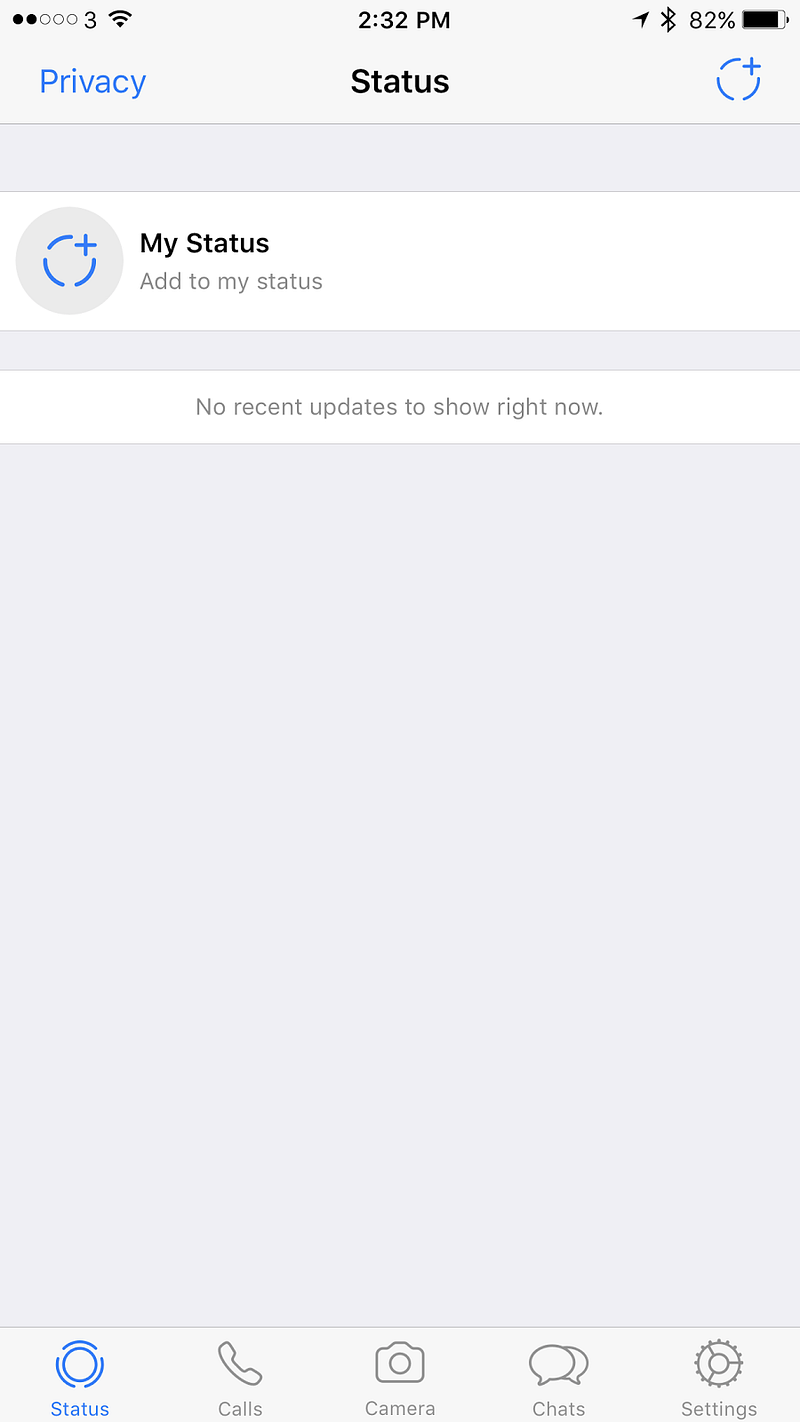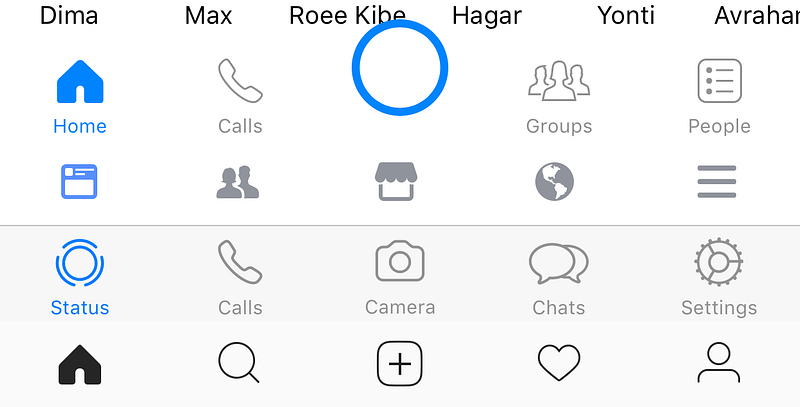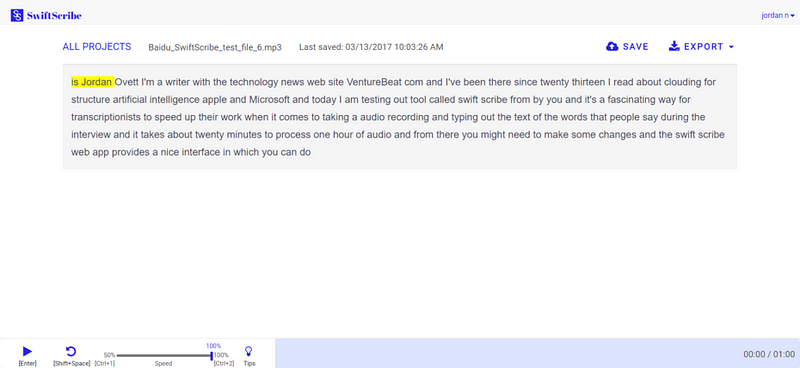There are countless businesses that build their value on the back of ads. Shamefully it became the default reaction to “what’s your business model? Advertising”. Because of this, ads became more hated than ever. Yet there is barely any supervision for the content that is in ads. With the absence of supervision in this space there is a major opportunity: To grab the last touch point, and make it useful and workable for the customer. Let’s dive in.
Trust the medium?
Newspapers are a medium, a format that ads are distributed through. As well as charging companies to place adverts, consumers paid to read the papers, and therefore to see the adverts. Before the rise of the internet, the monopoly over information that people wanted to read made it feasible to charge the two sides of the market, the customer and the advertiser. Newspapers were better the more distribution they had.
As power accumulated so did money. Norms started appearing, and with them a code of conduct. Many of the people who worked in the information business were creatives. For example: journalists, editors, and photographers. This led to the creation of unions, enforcing the code of conduct and ethics. People ended up buying the newspaper for its name which symbolized some sort of truth. Authors were relentless in their pursuit of the truth while telling a good story. Today most people don’t know where an article came from “I just saw it on Facebook”, let alone who wrote it.
People spend less writing time per article today in comparison to the past. Articles are distributed through undifferentiated platforms and mutate according to the platform. Likes are dismissive, comments are mostly superficial – three words or an emoji. Mini boredom is solved by minimal non-obligatory interactions and people have short attention spans.
Ads kept their place in this world, dollars follow attention and distribution, not ethics. Ads moved where the information did; after all, ads are also some sort of information that someone wants to provide. An ad’s trustworthiness is created by grabbing attention and using public / attractive figures. These address the truth or utopia, whims of dreams.
Trust the distributors?
It is always said that when you control the distribution you can control the knowledge. Only in the past there were more layers to filter ads, based on the content that editors wanted to correlate with their brand and standards. But a paradigm shift happened, the choice now belongs to the people. Your friends can post whatever they want to and companies can target whoever they feel like. Because of scale, there is less of a critical eye being cast over what is exposed to the public.
The other day a friend of mine wanted to publish a campaign on Instagram. He filmed his music studio, but upon uploading it the Instagram algorithm claimed that text appeared in his video, thus blocking the campaign. In response, he requested that they look at it manually because it, in fact, didn’t include any text. A few days passed and they approved the campaign. AI is not smart enough to even determine whether there is text in a video, I don’t expect it to judge the content anytime soon.
Big money was always in the game. Many newspapers and media companies are owned by political bodies. That’s exactly the reason that today if you pick up The Guardian you know what to expect, and the same is true if you watch Fox News. Most platforms don’t have anyone editorial, or legal, looking at anything that comes online. Until recently nobody was interested in standardizing ads, their content or their mechanism.
Trust today’s solutions?
Throughout history, many people have tried to avoid specific types of content, ads among them. One of the key marketed benefits of having a remote control was to skip a channel when ads are on TV. When VCRs arrived people recorded shows and fast-forwarded ads. People loved the concept of controlling the content. Today cord cutters also prefer it to cable TV because they want to see what they want to see without ads. In fact they care less about where the content came from, and are more interested in just consuming it.
As an example, Netflix built on the lack of care shown by customers and so did cable companies. But now TV companies try to differentiate themselves because they do care about exclusivity, and therefore want to create a lockdown mechanism. Once it is strong enough, I believe that even paying customers will see ads again.
2016 was a big year for Ad Blockers. As the number of people who installed an Ad Blocker rose above 20% the advertising industry and the distributors realised it’s a big problem. The reactions varied:
- Block every user that has Ad Blocker from watching any content
- Make a paywall for content without ads and give away some content for free
- Show parts of the content
- Beg for users to remove their Ad Blocker
- Say they ethically request users to remove it so they (the distributor, content maker) can support themselves.
But only halfway through the year, new voices arose calling for ads to be standardized. These voices looked at the problem at hand. With today’s accurate tracking and personalization, why would people block ads? The answer is that ads are a jungle full of clickbait ads, spam, viruses, ads that hurt the user experience and take over the whole screen, ads that play sudden loud music or open unwanted windows, the list goes on. So they decided to try and work on standardizing ads, and at some point, they will have some teeth. But in the meantime…
People discovered Ad Blockers and even if there were some ads they didn’t mind seeing, they just wanted to get rid of it all completely because the bad and interruptive ads outweighed the good and targeted ads. Ad Blocker was such a hit that it caught both Apple and Google’s attention. We can already see seeds of their work in updates they did recently.
Apple’s cookie tracking blocker mechanism in IOS 11’s Safari has reportedly cost media companies around 200 million dollars. Google is bringing an integrated ad blocker to Chrome. Probably to block everyone else’s ads and prioritize their own. They are both trying to prevent users from choosing services like adBlocker Plus.
This kind of service makes its money by allowing specific ads to go through the filter. This allows them to get paid, it’s their business model. Do we trust Google more than we trust adBlocker Plus? I really don’t know, but it seems like it’s a good idea to be able to avoid a monopoly on this front. It seems that the EU is also eying this area.
Who to trust?
Privacy and ads seem to be an especially good opportunity for aggregators that have a leg in the hardware world. Why? Because hardware is the actual touch point for the customer. You could argue that you watch Netflix on TV but I would argue that you watch TV!
For many years hardware companies took the wrong steps to catch up with startups and software companies. Among these wrong steps, we have the cases of bloatware (adding unnecessary apps to your phone, hoping that you will use them), and creating competing software that wasn’t good or innovative enough etc. But now it seems companies like Apple and Amazon understand that they will never have a better app than a competitor that is working on it exclusively. By becoming a smart aggregator, and applying regulations and ethics, the last touch point can become the only touch point.
Here are a few examples:
Apple pulling out an app from the app store because it’s competing with a service they are about to launch, or inappropriately using one of their devices.
Apple’s TV app aggregates TV shows and movies from all the apps that are installed on the Apple TV. If you add Apple’s future original content it’s a very powerful touch point.
Amazon creating an API for developers to use Alexa, controlling what information they give to developers.
Facebook’s single sign in, which allows users to signup and protect their information to a certain extent.
It is essential for hardware companies to know what’s going on within each app that is on their devices. Of course Facebook will never agree to give Google all its info about what you do on your device. But in reality, Google look at what you type on your keyboard, and they also know how long you spend in the app. That is already very valuable information.
Imagine you are watching a TV show on live TV and when the ads start the TV blocks them, or changes the channel to something else (your second option) until the ads end. Imagine the TV making sure you watch an ad that is relevant to you, like on the internet. Instead of watching a tampon ad you’ll see a PlayStation game ad. Imagine physical ads on the street that will react to your profile.
I believe that this is the future that companies like Google, Apple, Amazon and Facebook imagine. A future where controlling the touch point allows them to set rules that will make the user experience better, that will target us personally with things that interest us (or that will affect us – depending on how dark we want to be). The company that controls the last step of the interaction, the physical touch point, is the company that can call the shots. This is one of the main reasons why every big software firm tries to branch out into hardware.
When a user is using your software the user is your product. You will do anything in your power to retain them and you will make money out of them however you can (ads, upgrades etc.). When a user buys your device the user is your customer and the device is your product. You will do everything you can to make your device better. Thus you will want them to have the best experience possible. Ads wouldn’t interest you because it’s not how you’d make money. You’d make money by selling your device and creating the best experience. And that wouldn’t include ads, unless you are a newspaper 🙂




























































































You must be logged in to post a comment.